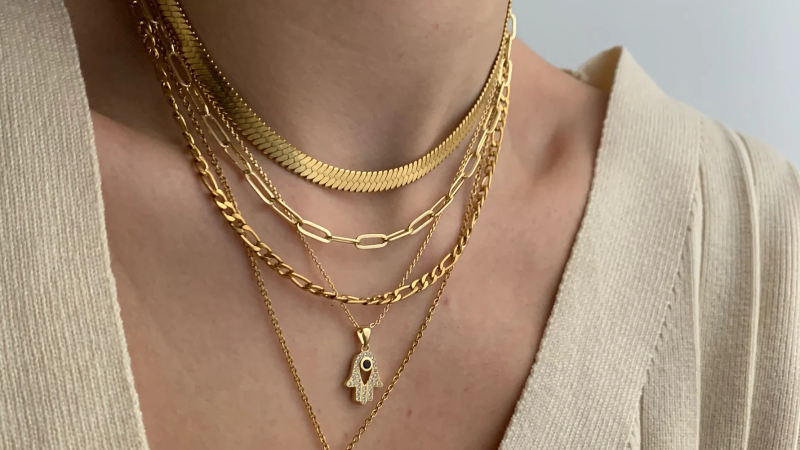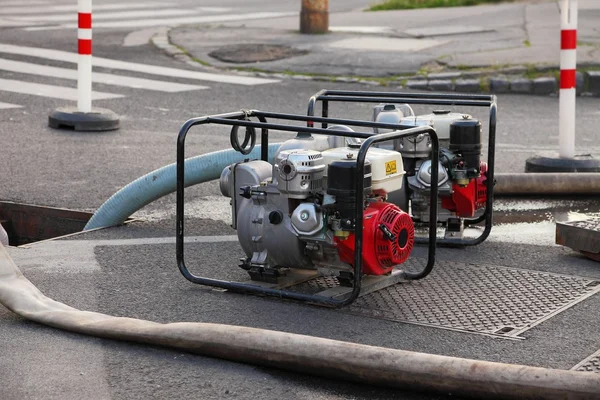4 Things You Need To Know About Earplugs BeforeHand

An earplug is a tool put into the inner ear to safeguard the person’s ears from loud sounds, water incursion, foreign substances, dust, or high winds. Safety Earplugs are frequently used to prevent future hearing loss and ear infections because they limit sound. Noise-induced deafness develops when the microscopic hairs inside the inner ear are permanently destroyed. Those hairs are in charge of taking audio signals; once destroyed, they never regrow, and the harm is irreversible. As a result, it is critical to safeguard your hearing and ears when in loud surroundings.
There are numerous forms of earplugs, ranging from polyurethane to reusable ones, no-rolls to specially moulded plugs to elasticated earplugs and perhaps even animal earplugs! Several earplugs are indicated for specific purposes, such as target shooting or hunting, motorcycle rides, diving, and some are designed for youngsters.
Foam plugs that expand
Such plugs are composed of a malleable substance that expands and conforms to each individual’s ear canal contour. Roll the expanding pins into a cylindrical shape that is thin and free of creases. It makes no difference whether you roll them using your finger and thumb or even over your palm. What matters is the result—a smooth tube narrow enough to go smoothly inside your ear canal approximately half the way down. Some people, particularly ladies with narrow ear canals, have trouble rolling standard plugs as their ear canals are relatively compact. A compact size expanding plug is currently only available from a few manufacturers.
Canal caps
Canal caps are frequently shaped like earplugs on a movable plastic or metal ring. A canal cap’s hearing aid tips might be made of a flexible or pre-moulded polymer. Some are equipped with headbands that may be placed over the head, below the chin or behind the neck. The latest ones have joined bands, which improves the ability to seal the earplug effectively. The most significant benefit is that canal caps provide comfort. Workers can join the band around their neck whenever it’s quiet. When the harmful noise returns, they can rapidly reinsert the plug tips. The compression from the bands is unpleasant for some individuals. Not every canal cap features noise-blocking tips appropriate for all sorts of noise. Canal cap extensions that mimic stand-alone safety earplugs appear to suppress the most extraordinary noise.
Earmuffs
Earmuffs are available in various styles intended to accommodate the majority of individuals. They function by totally obscuring the outer ear to filter out sounds. Muffs can be “small and compact” with tiny ear cups that are big enough to store additional materials for usage in high-noise environments. Some earplugs also include electrical components that allow users to converse or filter off impulsive noises. Workers with long beards or bangs and glasses often have difficulty getting enough safety from earmuffs. The noise-isolating cushions’ seal all around the ear may be broken by the hair or eyeglasses frames. Earplugs are ideal for these jobs. Other possible disadvantages of earmuffs include that most people believe they might be hot and bothered in certain circumstances.
Many other Devices
In the Auditory protection industry, users’ feedback is valued by manufacturers. As a result, innovations that combine classic forms of hearing protectors have been developed. Because many individuals prefer the convenience of foam earplugs but do not want to roll-unroll them in unclean surroundings, a plug that is simply a foam end on a hinge is now marketed. This plug is inserted similarly to a pre-moulded plug without curling the foam. Scientists work on earmuffs that use high-tech polymers to minimise weight and size while successfully blocking noise. Earmuffs with integrated two-way communication capacity are also popular among different industries.






